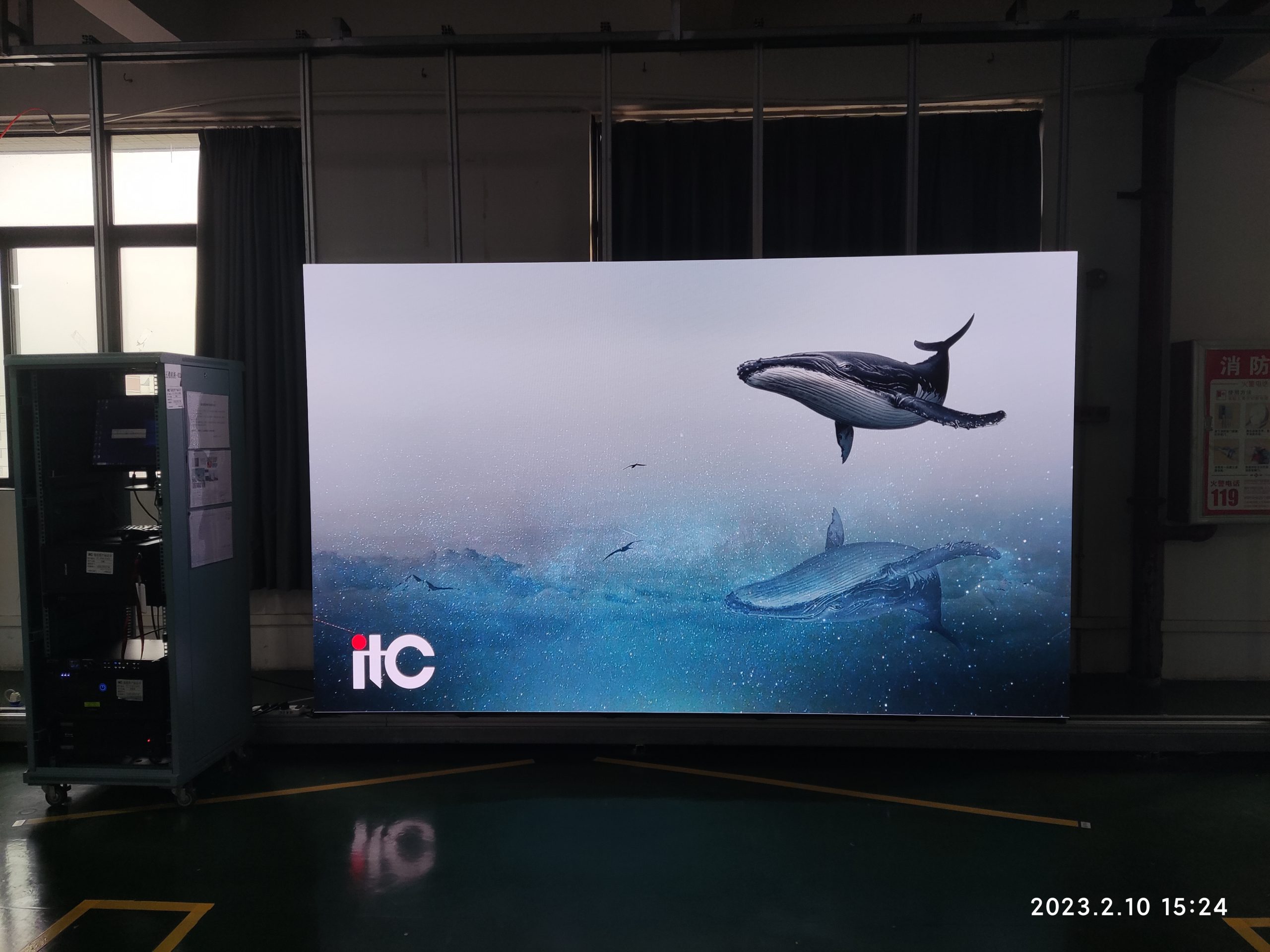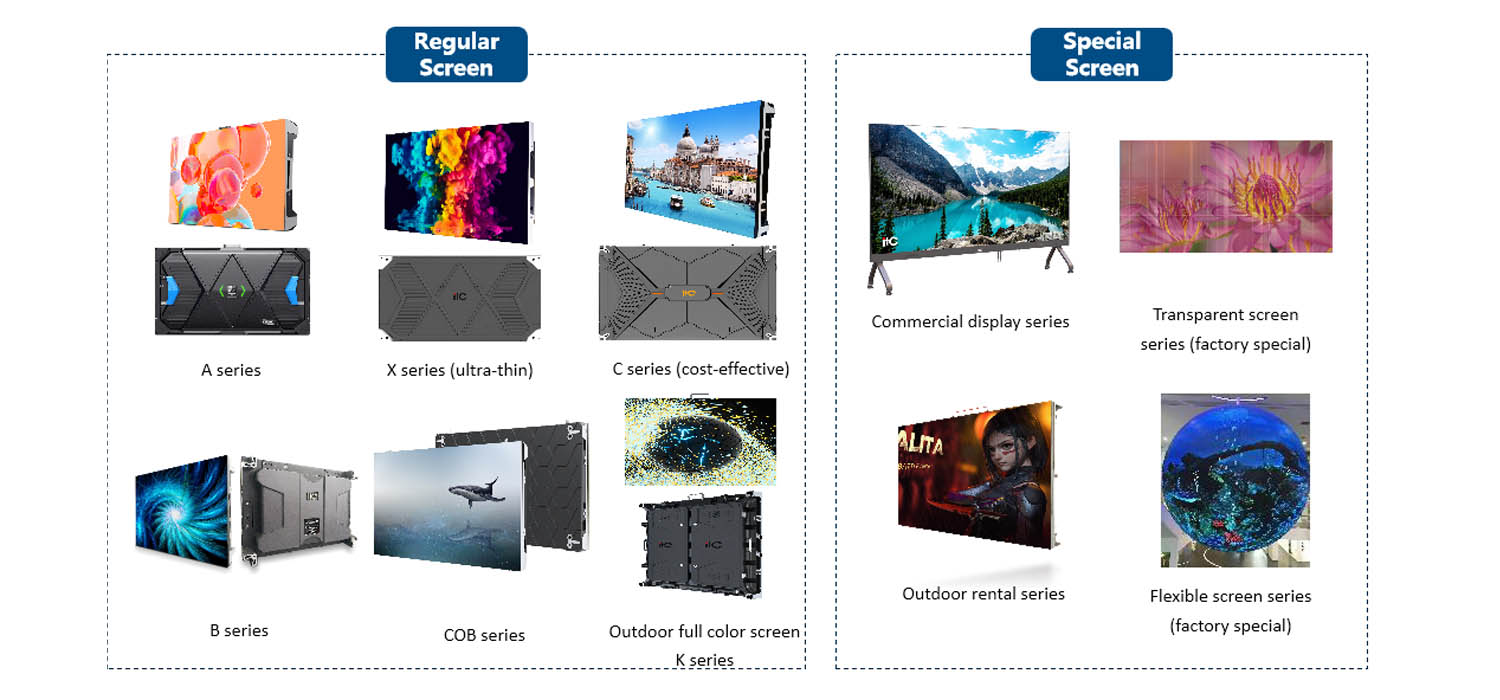The widespread use of LED displays in various applications has raised concerns about their energy consumption and environmental impact. As LED displays become larger and more complex, their energy consumption can significantly increase, leading to higher operating costs and carbon emissions. Therefore, adopting energy-saving technologies for indoor and outdoor LED video has become a critical issue for manufacturers, designers, and users.
In this article, we will discuss some effective ways to reduce the energy consumption of LED displays, including LED chip selection, brightness and color temperature adjustment, display time control, smart control systems, and high-efficiency electronic devices. By implementing these measures, we can not only reduce energy consumption but also contribute to a more sustainable future.

The lower the power of the LED chip, the less energy it consumes. Therefore, when designing an LED display, low-power LED chips can be chosen to reduce energy consumption. In addition, the efficiency of the LED chip is also an important factor affecting energy consumption. High-efficiency LED chips can convert more electrical energy into light energy, thereby reducing energy consumption. Common high-efficiency LED chips include high-brightness LED (HB LED) and surface-mounted LED (SMD LED).
Adjusting the brightness and color temperature of an LED display is another important factor in reducing energy consumption. Typically, an LED display requires higher brightness when used outdoors and can be appropriately reduced when used indoors. In addition, brightness can be further reduced at night and on cloudy days to save energy. Adjusting color temperature can also reduce energy consumption. Higher color temperatures require more energy, while lower color temperatures require less energy.
The display time of an LED display also has a great impact on energy consumption. Keeping the LED display on during periods of no one watching or working will result in energy waste. By setting an automatic on/off schedule, the LED display can be turned on only when necessary, thereby reducing energy consumption.
Smart control systems can monitor the power consumption and operating status of an LED display, and adjust the brightness and display time of the LED display through data analysis and processing. For example, automatically adjusting the brightness according to changes in light, controlling the brightness automatically according to the number of viewers, or automatically adjusting the color temperature according to indoor temperature, and so on. These measures can minimize energy consumption while ensuring the normal operation of the LED display.
In addition to LED chips, other electronic devices such as power supplies, controllers, and drivers also affect the energy consumption of LED displays. Using high-efficiency electronic devices can reduce energy consumption. For example, using low-power controllers, high-efficiency power adapters, and so on.

In summary, the energy-saving technology for LED displays includes many aspects that need to be considered comprehensively. Choosing high-efficiency electronic devices, adjusting brightness and color temperature, optimizing display content, and using power management techniques are all effective energy-saving measures. Through reasonable energy-saving design and use, not only can the energy consumption of LED displays be reduced, but contributions can also be made to environmental protection.